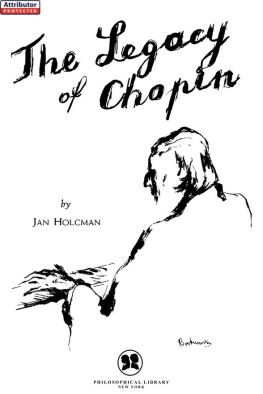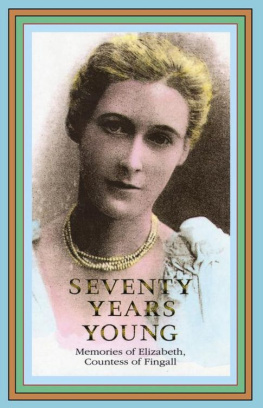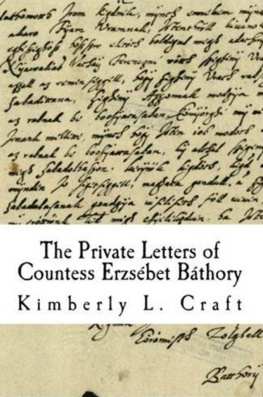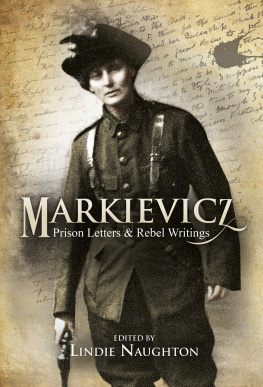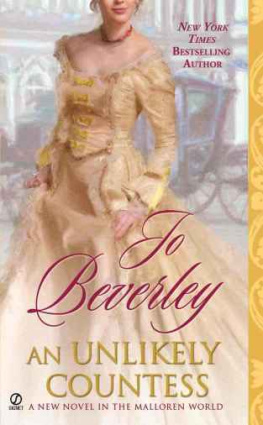This edition is published by FRIEDLAND BOOKS www.pp-publishing.com
To join our mailing list for new titles or for issues with our books friedlandbooks@gmail.com
Or on Facebook
Text originally published in 1900 under the same title.
Friedland Books 2018, all rights reserved. No part of this publication may be reproduced, stored in a retrieval system or transmitted by any means, electrical, mechanical or otherwise without the written permission of the copyright holder.
Publishers Note
Although in most cases we have retained the Authors original spelling and grammar to authentically reproduce the work of the Author and the original intent of such material, some additional notes and clarifications have been added for the modern readers benefit.
We have also made every effort to include all maps and illustrations of the original edition the limitations of formatting do not allow of including larger maps, we will upload as many of these maps as possible.
MEMOIRS OF THE COUNTESS POTOCKA
EDITED BY
CASIMIR STRYIENSKI
AUTHORISED TRANSLATION BY
LIONEL STRACHEY
Illustrated
LIST OF ILLUSTRATIONS
Countess Potocka, author of the Memoirs From an engraving of the portrait by Angelica Kauffmann
A Page in Facsimile (reduced) of the Original Manuscript of the Memoirs
Polish Coins
Europe, showing Original Extent of Poland and its Partitions
Stanislaus Augustus Poniatowski, last King of Poland From an engraving by Leney
Kosciuszko After a print engraved in 1829 by A. Oleszczynski
The Massacre of Praga From a German engraving
Krakw, the Capital of the Polish Republic From an engraving by Outhwaite of a drawing by Glowacki
Palace of the Kings of Poland From an etching
Louis XVIII From an engraving by Holl of Isabeys portrait
Stanislaus C. Poniatowski, Commander-of-the-Forces of Charles XII. of Sweden From an engraving by Hopwood of a drawing by Peszka
Count Levin A. T. Beningsen(A leader in the murder of the Czar Paul in 1801)
Countess Sophie Zamoyska From an engraving by Hopwood after Isabey
Joseph II., Emperor of Germany From an old engraving
Prince Wenzel Anton von Kaunitz
The Grand National Theatre at Warsaw Engraved by Pilinski after Corazzi
The Kopernik House in Warsaw visited by Napoleon in 1807 From an engraving by Pilinski after Mielcarzewicz
Emperor Alexander I. of Russia From an engraving of 1806, by Hopwood
General Kalkreuth From an old engraving
Napoleons Entry into Berlin From an engraving by Derby after Raffet
Marshal Berthier From an engraving by Lignon after a drawing by Vigneron
M. de Talleyrand From an engraving by Mole after Grards portrait
Carl Theodor, Duke de Dalberg From a German engraving
Prince Joseph Poniatowski From a steel engraving by Allais
Battle of Eylau, February 7, 1807 From an engraving by Skelton of the painting by Simeon Fort
Napoleon and Alexander of Russia Meeting on the Niemen at Tilsit From engravings by Couch fils
Napoleon Receiving the Queen of Prussia at Tilsit From an engraving by Danois of the painting by Gosse
General Ricard From an engraving by Forestier
The King and Queen of Prussia From a rare print
Prince de Ligne From an engraving by Cazenave
Marie Louise, Archduchess of Austria, Empress of France From an engraving of 1810 by Cardon of the portrait by Gurard
Archduke Charles of Austria From an engraving by Heath of 1810
Marriage of Napoleon and Marie Louise From an engraving by Massard of Rougets painting
Arrival of Napoleon and Marie Louise at Compigne From an engraving by Nargeot after Mme. Auzons painting
Marquise de Souza-Botelho, the Novelist From an engraving by Massard after Staal
The Tuileries From an engraving of 1818 by Couch fils
The Palace of the Tuileries From an engraving by Floyd after Allom
Hortense, Queen of Holland From an engraving by Regnault of the portrait by herself
Prince Schwarzenberg From an engraving by Lignon after a drawing by Vigneron
Mme. Regnault de St. Jean DAngly From a lithograph of a drawing by Champagne
M. Labdoyre From a rare print
LAbb Andr Morellet From an engraving by Massol of the portrait
Mlle. Lenormand, the Soothsayer From a lithograph of the drawing by Champagne
Napoleon at Malmaison From an engraving by Skelton
The Palace of Saint-Cloud From an engraving by Adlard of the picture by Allom
Frederick Augustus, King of Saxony From an engraving by Mechel of Graffs painting in 1790
M. de Pradt From a very scarce engraving
The Taking of Smolensk From an engraving by Couch fils
The Retreat from Russia After the painting by Yvon
General Jean Henri Dombrowski From an engraving by Hopwood of the portrait by Stachowitz
Count From an engraving by Falcke
A Polish Cathedral of 1800Church of St. Stanislaus at Malatycze From an engraving by Le Petit of a drawing by Gucewicz
The Congress of Vienna After the painting by Isabey
Grand Duke Constantine of Russia From an engraving by Lignon after a drawing by Vigneron
PREFACE
A WORD of help to those among the public for the first time plunged into this sensation of Polish surnames, this buzz of yskas and owskis and wiczs . Turn, groping reader, to the genealogical table at the end of this volume. Heading the brave lineage of our Countess Potocka you see the name of Stanislaus C. Poniatowski. From the loins of that great warrior, in the language of Voltaire the indefatigable agent of the King of Sweden (the pertinacious and ascetic Charles XII.), came five male and two female children, that is to say, five bearing the name Poniatowski and two with the cognomen Poniatowska. His oldest son, Casimir, was father to Constance, who was married to Count Louis Tyskiewicz, and this couple brought into the world the authoress of the present Memoirs. Anna, the said writer, was to have been given in marriage to her uncle, Prince Stanislaus Poniatowski, but at the age of twenty-six she conferred her hand upon Count Potocki (pronounce: Pototski ), so becoming Countess Potocka (pronounce: Pototska ). They had three children, Augustus, Nathalia and Maurice, all born at Warsaw during the course of the countess biographical narrative. This is composed of intermittent sections, indited, as journeys and court balls and Napoleon and accouchements might allow, between 1812 and 1820, but describes events as far back as 1794. Thus the Memoirs date from the Third Partition of Poland to the incorporation of what was left of that country with the Russian Empire, whose Tsar, Alexander I., impertinently invented himself King of Poland while astutely pleasing the fiery Polacks with a toy Constitution.









